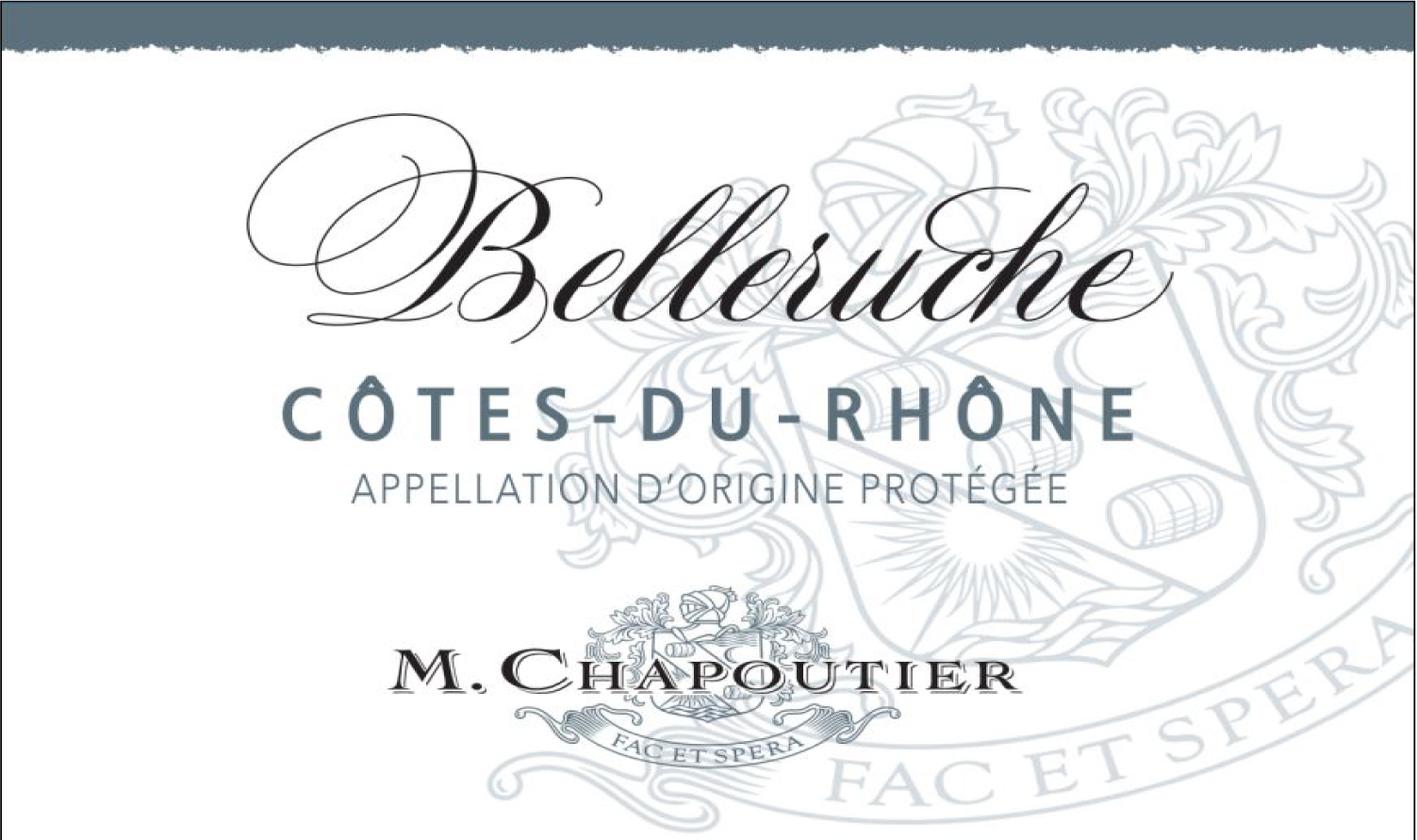M. Chapoutier - Cotes-du-Rhone Belleruche Blanc2023
WHITE WINE
-
Producer
M. Chapoutier
-
Blend
Borboulenc
Clairette
Grenache Blanc
Roussanne
Viognier
-
Country
France
-
Region
Rhone Valley
-
Appellation
Cotes Du Rhone
-
UPC
877397006850
Reviews
James Suckling 91
A very attractive and typical white Rhone with aromas of white flowers, fresh lemons, white peaches and some fresh garden herbs. Very clean and bright, although it has modest acidity on the medium-bodied palate. Very animating finish that pulls you back for more. A cuvee based on clairette and grenache blanc. Mostly from the right bank of the Rhone with limestone soils.
by SP, James Suckling , 2024
Technical Details
Description
Belleruche translates to “beautiful beehive” in French, a name which takes inspiration from the bees and hives that thrive in the sustainable vineyards of M. Chapoutier.
Estate
With roots dating back to 1808, M. CHAPOUTIER is one of the oldest companies in the Rhône Valley. Yet, its world renown and the quality of wine can truly be accredited to the arrival of Michel Chapoutier in 1990. His willingness to change the set way, thirst for knowledge and open-mindedness, together with his drive to seek, discover and reflect the full potential of our terroirs, letting the soils express their true character, has put our wines firmly on the wine world map. This philosophy is what gives our wines their signature style, forms the basis of the M. CHAPOUTIER ethos and drives our team to reveal the very best of what the soils have to offer.
Tasting notes
An expressive wine with aromas of apricot, fennel and floral scents. The wines roundness is a perfect match for its freshness and the finish reveals subtle notes of aniseed. Pair with grilled and roasted white meats. Enjoy with fish, shellfish, and salads. Perfect for picnics with mild creamy cheese and grilled sardines or sea bream.
Vineyard
Planted mainly in stony-marl soils and on clay-limestone slopes, these soils are porous with a steady and regular water supply. They warm up quickly in the spring and help the grapes to reach perfect maturity.
Vinification
Harvest is carried out at night by machine to prevent and limit oxidation of the juices and preserve the aromatic components. Total destemming followed by a light skin maceration particularly for the Viognier, gentle pressing. Cold static settling. Alcoholic fermentation at low temperature in stainless steel vats. The wine is protected from oxygen to preserve its aromatic potential and undergoes 5 months ageing on the fine lees.

